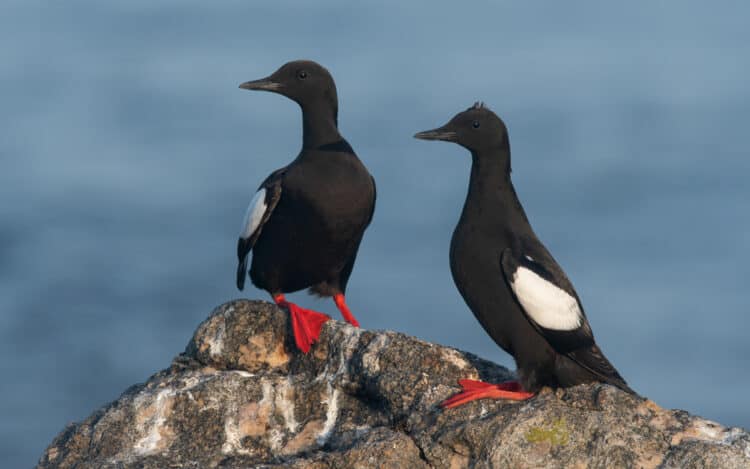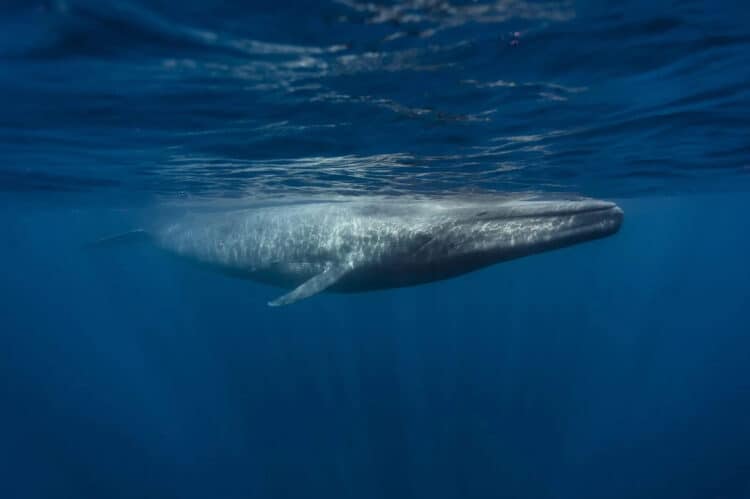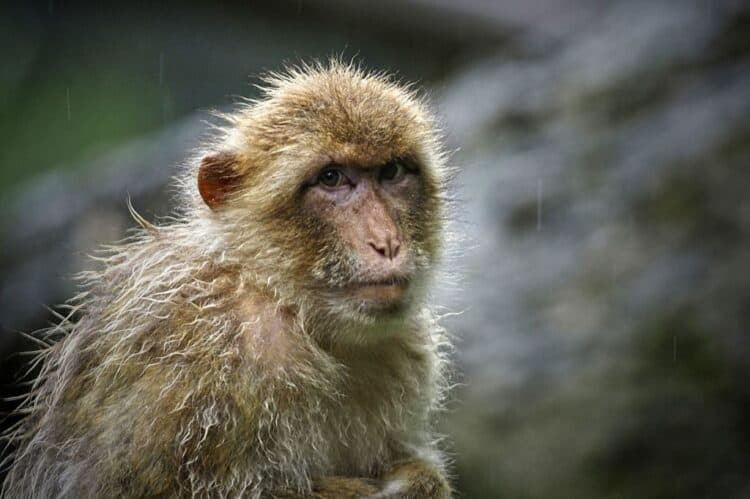A cuckoo wearing a solar-powered satellite-tracked tag is the first to provide UK scientists with migration data for three years running. Having flown more than 45,000 miles Chris, named after wildlife presenter Chris Packham, revealed overwintering in Angola for the first time. The four-year-old returned to the Norfolk/Suffolk border on Friday, said the British Trust for Ornithology.

Mr Packham said the data was vital to help understand the cuckoos’ decline.
“We live in an age where technology is allowing us to learn so much more and this is undeniably exciting,” said Mr Packham, “but we also live in an age where species like that cuckoo are in dangerous decline.

“The information that scientists at the BTO have received from Chris’ tag is vital in helping to understand what might be behind these declines.”
First tagged in Santon Downham in 2011, the data has revealed many East Anglian cuckoos are migrating south-west through Britain and across Europe, which was an unknown migration route.

- Cuckoos are brood parasites. In the UK, they lay eggs in the nests of dunnocks, reed warblers and meadow pipits
- One female can lay up to 20 eggs in one breeding season
- The birds look like sparrowhawks and their appearance is thought to intimidate their hosts
- Cuckoos also fool their hosts with egg “mimicry”. Their eggs’ colour and markings resemble those of their victims
- BBC Nature: Common Cuckoo
Chris, one of 12 tagged cuckoos, has revealed a “pioneering insight” into cuckoo wintering grounds, migration routes and speed of travel, said experts.
Chris Hewson, lead scientist for the project at the Norfolk-based BTO, said recent analysis had shown the birds were “fattening up for their migration in the region before taking flight”, suggesting their success “depends on the feeding habitats”.
“Improving these habitats could extend their life on the migration route, which in turn could help slow the decline of the species,” he said.
Although the longest-serving cuckoo in the BTO’s tagging programme, Chris was beaten back to the UK by Skinner, named after Norfolk wildlife expert Chris Skinner, who returned to the county on Monday.
Experts predict Chris will spend just six to eight weeks in East Anglia before making the 5,000 mile return flight to Africa.

This article was first published by BBC News Norfolk.







Leave a Reply